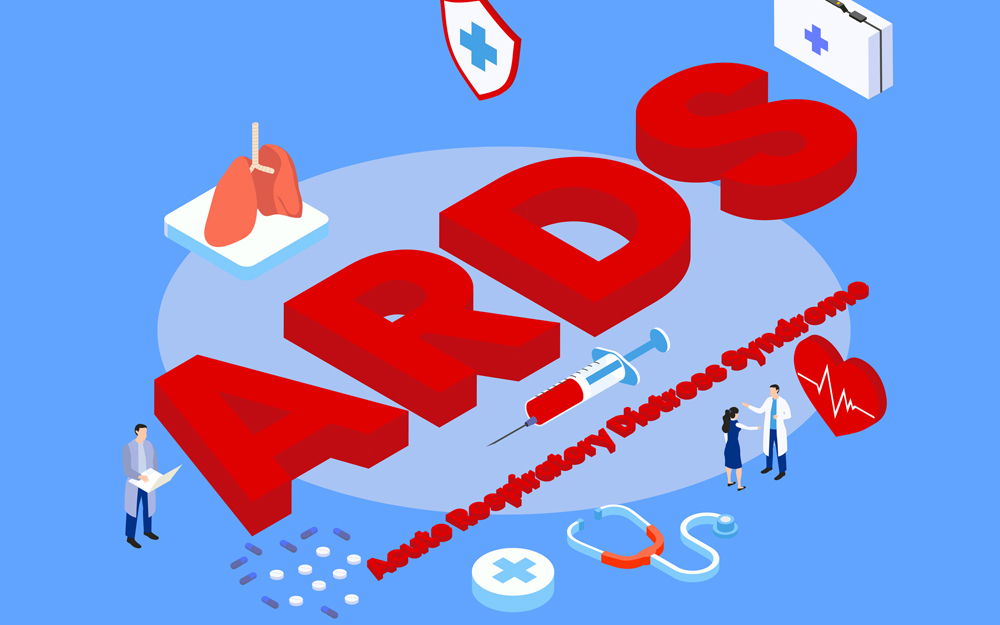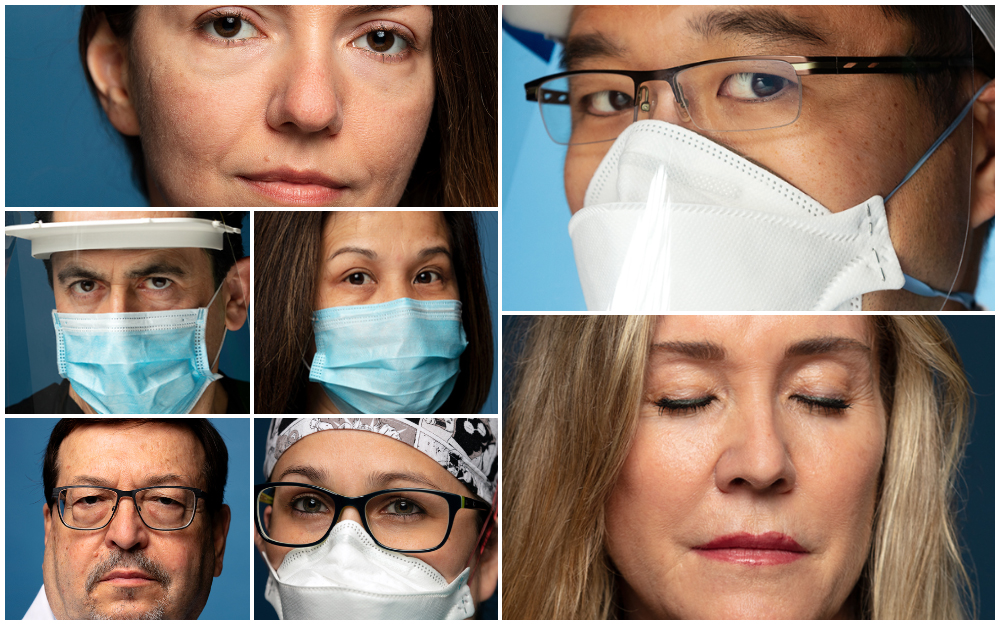COVID-19 Vaccines: Tracking and Responding to Rare Adverse Effects
Date
February 11, 2022
Credits
Date
February 11, 2022
Credits
Medical providers featured in this article
In Brief
{{cta-block}}
In December 2020, Cedars-Sinai pharmacists knew that COVID-19 vaccines were safe and effective. But they also knew that fear and anxiety afflicted even those most willing to take the shots.
So as the medical center prepared to vaccinate healthcare workers, the Pharmacy Department prepared to overcome fear with facts. Pharmacists were stationed in the vaccine clinic to answer questions. Emergency services waited on standby to care for potential adverse (allergic) reactions—and the Pharmacy Department kept real-time records of all such reactions.
Information was coming out so quickly from too many sources, and as pharmacists we wanted to be there to distill it and lessen the fear."
- Thanh Tu, PharmD
Although data collected on adverse reactions during the past year has helped clinicians reassure would-be vaccine recipients about safety, we still have more to learn. Here’s a brief history of how the scientific community has tracked and responded to adverse effects—and some things we still don’t understand.
Scared Shotless
Of all the early challenges—logistical hurdles, scarcity—vaccine skepticism has required the most urgent, nuanced attention.
“In the beginning, the entire world was watching, and there was a lot of hype and scrutiny over the new mRNA technology,” says pharmacy manager Donna Leang, PharmD, MHDS. “People wondered whether a vaccine would work, or if it would do something terrible we hadn’t thought of. We said, ‘Let’s get back to what we know we can do.’”
Care teams created an environment of safety and openness to inspire confidence among vaccine takers.
The Pharmacy Department equipped the clinic with a “code blue crash cart” containing supplies to address cardiac or respiratory emergencies. A pharmacist stationed in the clinic answered people’s questions before the shot or during the post-vaccine 15-minute observation period mandated by the Centers for Disease Control and Prevention (CDC).
Nurses and physicians who were administering the shots were trained by pharmacists on adverse reactions to watch out for, how to allay fears and dispel vaccine misinformation, how to screen for patients with a history of allergic reactions to vaccines and how to document any observed reactions in the Food and Drug Administration’s (FDA) Vaccine Adverse Event Reporting System (VAERS).
“At the time, even the people that were giving the vaccines had questions,” says Thanh Tu, PharmD, program coordinator for Pharmacy Enterprise.
Today, such measures are still in effect at the Cedars-Sinai vaccine clinic—and the Pharmacy Department continues to monitor and maintain records of adverse effects.
Data-Driven Dialogues
In the first six months of vaccine administration, Cedars-Sinai dispensed 91,000 doses. During that time, 64 people experienced serious adverse reactions, of whom 21 (.05%) visited the Emergency Department (ED) for shortness of breath, dizziness, headache, high blood pressure or nausea. All patients recovered and were discharged from the ED.
The Pharmacy Department followed up with people who needed medical care after receiving the vaccines, providing counseling to determine whether they should get a second dose. They typically recommended that such patients reach out to their physicians for EpiPen prescriptions in case of a repeat of the allergic reaction and connected them with allergy specialists.
The low rate of adverse events mirrors a nationwide data analysis demonstrating that of 6.2 million vaccine recipients, just 5 in 1 million experienced a severe allergic reaction, almost all within half an hour of receiving the vaccine.
Side effects occur with most vaccines, Leang says, including the flu shot—you can normally expect to feel unwell for a day. But in truth, neither Cedars-Sinai pharmacists nor any other scientist knows for sure whether long-term effects of the COVID-19 vaccine are possible—outside of the intended effect, protection from COVID-19. And though Cedars-Sinai has no record of any patient suffering post-vaccine myocarditis (inflammation of the heart) or brain clotting, such serious and rare events have happened after COVID-19 vaccination.
“Information was coming out so quickly from so many sources, and as pharmacists we wanted to be there to distill it and lessen the fear,” Tu says. “The best we can continue to do is remind people that the CDC and FDA say the benefits of getting the vaccine outweigh the risk of rare adverse drug effects and triage any issues that may come up. Some people are more prone to reactions. We fully disclose the incidence of those reactions, from published data, to inform patients.”
In the Blog: Treatments for COVID-19: Know Your Options
Long-Term Lessons
Like so much COVID-19 data, reports of vaccine adverse events are clouded. Statistics published in VAERS have been taken out of context, Leang says. VAERS is designed to be an “early warning system” to uncover dangerous vaccine side effects. But it continuously accepts millions of reports from the public, who have logged thousands of aftereffects, from abnormal dreams (578 cases) to malaise (10,866 cases).
Leang suggests that some adverse events suffered at Cedars-Sinai may in part be an “emotional” response to a brand-new vaccine. This is supported by a recent review of multiple studies showing that of 45,000 patients in 12 vaccine trials, 35% of placebo (inactive substance) recipients reported adverse events. And in certain instances, she says, reactions may be completely unrelated to the shot.
“Since people experienced it, these were true reactions, but there’s evidence to suggest that some of these side effects are driven by more likely explanations,” Leang says. “For example, we had a patient who experienced tachycardia (fast heartbeat) after the vaccine, who later disclosed that they had forgotten to take their blood pressure medications that morning.”
As more people become confident in shot safety, investigators the world over continue to study COVID-19 vaccines and their impact on health. Thousands of patients from the original vaccine trials are still being followed almost two years later—contributing invaluable, real-world safety data to inform clinicians and patients alike.





